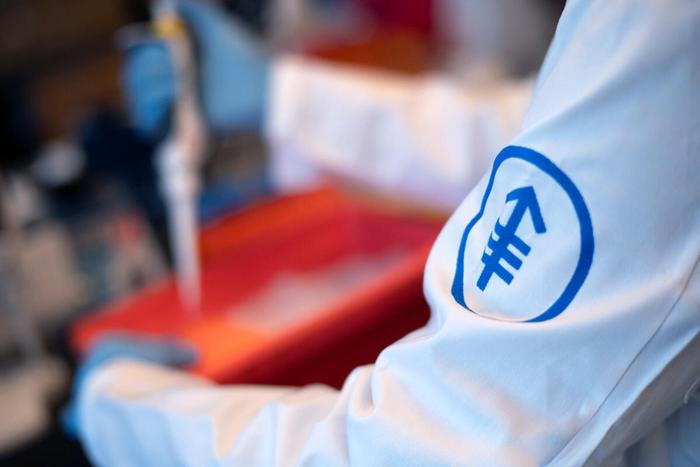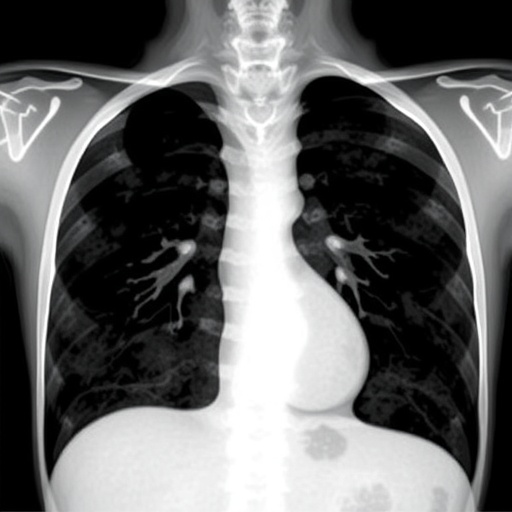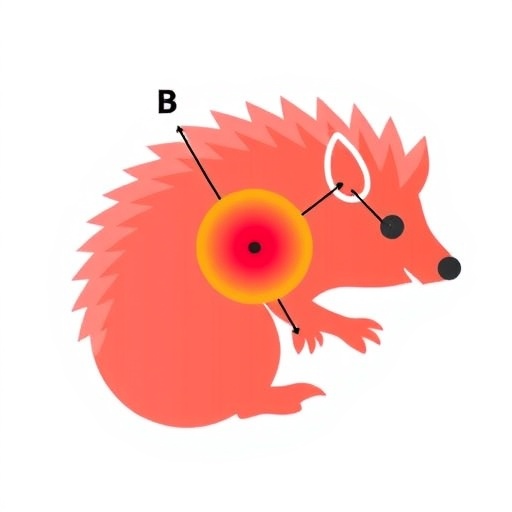New research from Memorial Sloan Kettering Cancer Center (MSK) has significantly advanced our understanding of glioblastoma multiforme (GBM) and the associated mechanisms that govern tumor heterogeneity, cellular plasticity, and various brain metabolism processes. As one of the most aggressive forms of brain cancer, glioblastoma presents unique challenges in diagnosis and treatment, necessitating innovative research approaches. This latest investigative work has not only focused on the variability of glioblastomas but has expanded its scope to highlight new imaging techniques, the role of cancer stem cells, and even prospective treatment strategies for malignant peripheral nerve sheath tumors.
As glioblastoma is notorious for its diverse manifestations, researchers aimed to peel back the layers of tumor heterogeneity. Under the expert guidance of Dr. Xuanhua Peter Xie and Dr. Luis F. Parada, the team employed cutting-edge single-cell transcriptomics to analyze patient-derived tumor samples implanted in mice models. This advanced methodology allowed them to identify six distinct transcriptional states, each reflective of unique gene expressions corresponding to different cellular lineages within the brain. The revelation that five of these states are associated with common cell types, including neural stem cells and neurons, provides a nuanced framework for understanding tumor biology.
Dr. Parada emphasized that understanding the underlying heterogeneity within GBM is integral to developing effective therapies. The research underscores the pivotal role played by cancer stem cells in tumor initiation and recurrence, illustrating how these cells contribute to a tumor’s resilience against conventional treatments, such as chemotherapy. By establishing the diversity of transcriptional profiles, this work lays groundwork essential for the design of more targeted therapies.
In parallel with this advancement, the study also explored cellular plasticity, revealing crucial insights into how cells can transition between different identities. Plasticity is notably high during embryonic development but becomes significantly restricted in adult cells, maintaining a stable cellular hierarchy. However, the evolution of cancer cells defies this norm, showcasing a startling capacity to adapt and change. This adaptability permits cancer cells to evolve and resist treatment, a dynamic that is critical for researchers to understand.
The collaborative efforts of Dr. Anna-Katerina Hadjantonakis and Dr. Dana Pe’er at MSK’s Sloan Kettering Institute brought forth methodologies that examined cell identity formation at molecular levels. By utilizing innovative approaches to monitor mouse stem cells, they discovered that while some cellular transitions were rapid and efficient, others were hindered by inherent molecular barriers. This discovery not only elucidates the complexity of cellular identity but also hints at potential therapeutic targets that could manipulate plasticity in cancer cells, enhancing treatment efficacy.
In an impactful revelation, the combined expertise of researchers from MSK and NYU Langone Health pinpointed a new therapeutic direction for malignant peripheral nerve sheath tumors, which are characterized by their aggressive nature and limited treatment options. Employing mouse models, the team identified vulnerabilities associated with SHP2 inhibition—a pathway linked to reduced RAS signaling and suppressed tumor growth. Intriguingly, they discovered that a combination of SHP2 inhibition with hydroxychloroquine could further enhance treatment outcomes, circumventing resistance issues that typically arise in monotherapy scenarios.
This composite of findings from MSK not only broadens the scope of understanding in glioblastoma research but also encapsulates a paradigm shift in the approach to treating aggressive cancers at the molecular level. Integrating insights from cellular development, imaging technologies, and therapeutic innovations illustrates the multifaceted nature of contemporary cancer research, calling for cohesive strategies in tackling the complexity of malignancies. As research unfolds, the ultimate goal remains clear: to translate these discoveries into meaningful clinical benefits, providing hope and improved outcomes for patients grappling with formidable cancer diagnoses.
This comprehensive exploration of glioblastoma and related pathways reinforces the vital role that collaborative research endeavors play in unraveling the enigma of cancer biology. It is a poignant reminder of the relentless pursuit of knowledge in the scientific community and the promise it holds for transforming cancer treatment paradigms. The narrative encapsulated in these studies serves as both a testament to the ingenuity of researchers and a clarion call to continue investing in cutting-edge techniques and collaborative efforts in the fight against cancer.
The relentless advancement in understanding glioblastoma heterogeneity, cellular mechanisms, and metabolic processes reveals the intricate tapestry of factors that contribute to this malignancy. The pursuit of novel treatment paradigms, informed by rigorous research and technological innovations, paints a hopeful picture for the future of cancer therapy, one that emphasizes precision, personalization, and an unwavering commitment to improving patient care.
In conclusion, these groundbreaking studies illuminate the path towards more effective therapies and enhanced diagnostic capabilities, promising a new horizon in the realm of cancer research. By integrating molecular insights, advanced imaging techniques, and innovative methodologies, the research undertaken at Memorial Sloan Kettering Cancer Center stands as a beacon of hope, illuminating the complex landscape of cancer treatment and its future trajectory.
Subject of Research: Glioblastoma Multiforme and Cancer Stem Cells
Article Title: New Developments in Glioblastoma Research from Memorial Sloan Kettering Cancer Center
News Publication Date: October 2023
Web References: Memorial Sloan Kettering Cancer Center
References: Neuron, Science Advances, Nature Genetics, Proceedings of the National Academy of Sciences
Image Credits: Memorial Sloan Kettering Cancer Center
Keywords: Cancer Research, Glioblastomas, Stem Cell Research, Brain Tumors, Discovery Research





